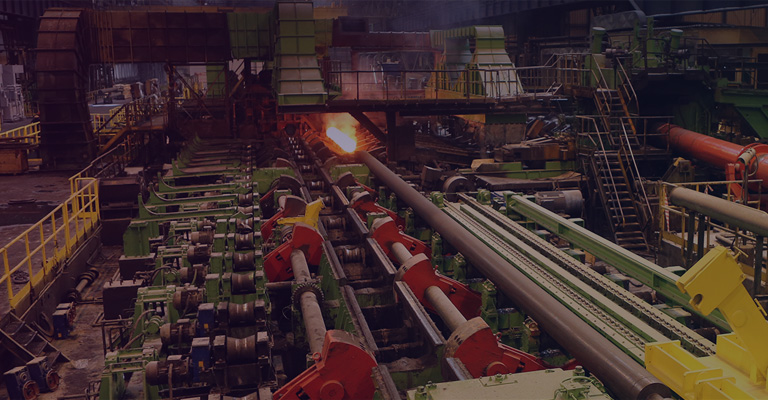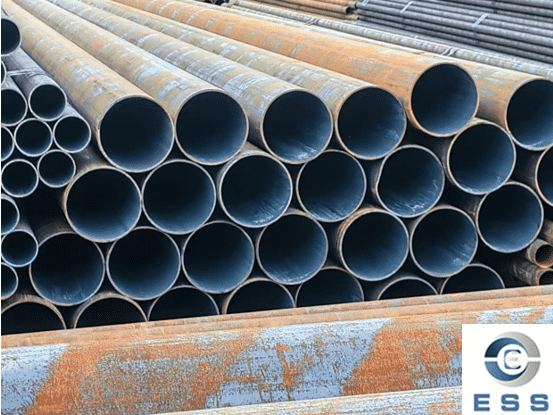Corrosion prevention of pipes refers to measures to slow down or prevent corrosion and deterioration of pipes under the chemical or electrochemical action of the internal and external media or by the metabolic activities of microorganisms.
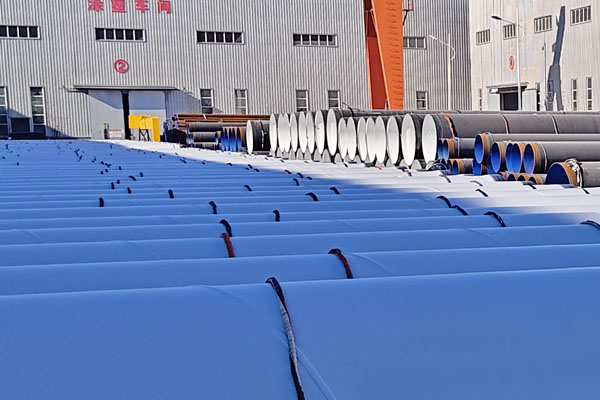
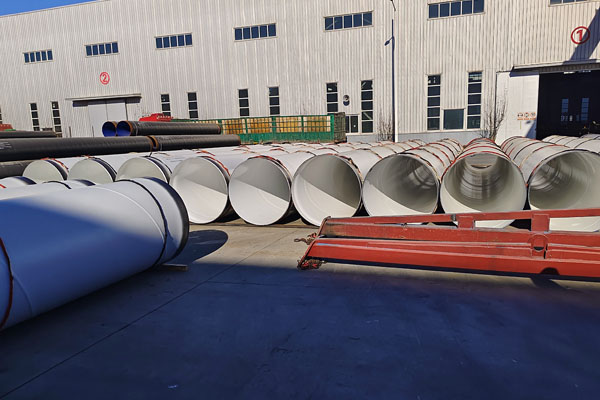
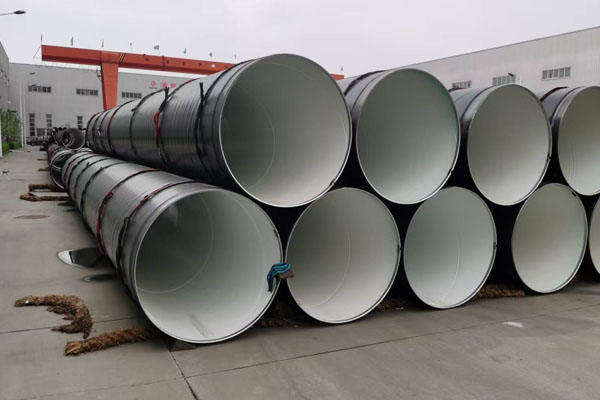
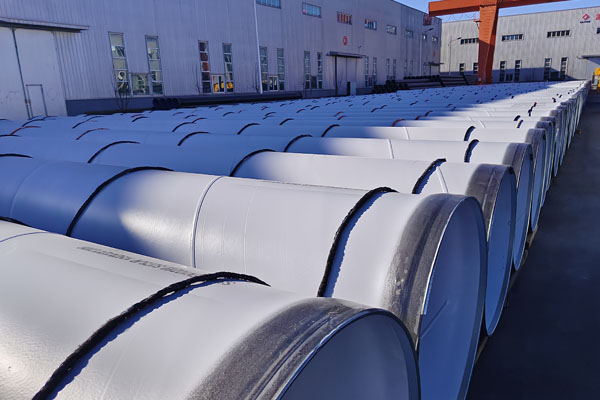
Why do seamless steel pipes need to be anticorrosive?
Seamless steel pipe is a relatively high-end steel pipe. After all, the raw material is iron, which will also rust, which will affect the service life in the pipeline. Therefore, the anticorrosion of seamless steel pipe is also a process that must be done before pipeline construction. For seamless steel pipe It is mainly used for 3pe anticorrosion or epoxy coal tar anticorrosion.
Seamless steel pipe anti-corrosion process
The anti-corrosion of the steel pipe is according to the requirements of the drawings, and the epoxy coal tar paint is used to wrap the glass cloth, and the top paint is coated for anti-corrosion.
Outer wall construction process: pipeline derusting → primer coating → first pass top coat → second pass top coat → wrap glass cloth → top coat → top coat;
Inner wall construction process: pipeline derusting→primer coating→first pass top coat→second pass top coat→third pass top coat
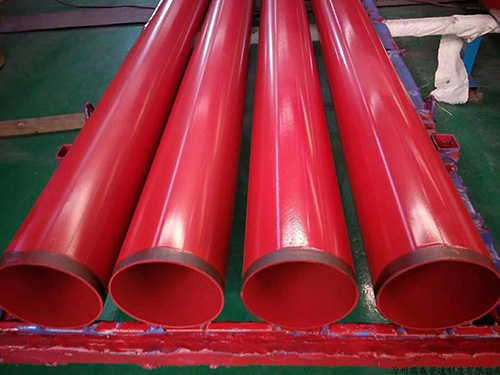
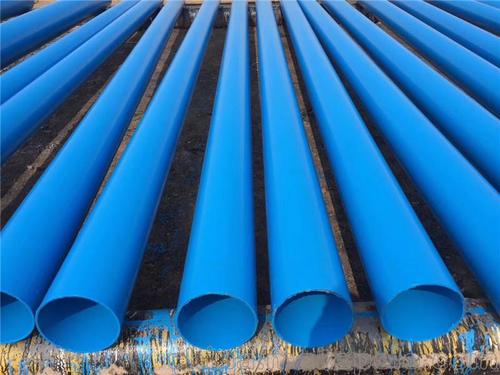
Anticorrosive technology of spiral steel pipe
In the process of anti-corrosion spiral steel pipe, there are two-cloth and three-oil anti-corrosion, that is, three times of epoxy coal tar anti-corrosion paint and two layers of glass cloth. People are also used to call three-oil and two-cloth anti-corrosion spiral steel pipe. The following is the anti-corrosion process.
Primary treatment-primer-first application-applique-second application-second application-third application-fourth application-inspection and supplement.
Anti-corrosion construction site
Anticorrosive spiral steel pipe note:
1. The timing of applying the cloth can be done after the paint is dried, or it can be applied immediately after the paint is applied. It should be treated according to specific coatings.
2. The brushing interval should be adjusted according to the drying time of the seasoning. The drying time of various coatings is different.
3. The direction of each brushing should be perpendicular to the direction of the last brushing, that is, cross brushing.
Steel pipe anticorrosive material
Anticorrosive pipeline materials mainly include 2/3P anticorrosion (polyethylene), 2/3PE anticorrosion (polypropylene), single layer epoxy powder anticorrosion, epoxy coal tar anticorrosion, etc.
3PE anticorrosive steel pipe
3PE anticorrosive steel pipe base materials include seamless steel pipes, spiral steel pipes and straight seam steel pipes. The three-layer polyethylene (3PE) anticorrosive coating has been widely used in the petroleum pipeline industry due to its good corrosion resistance, water vapor permeability and mechanical properties. The anti-corrosion layer of 3PE anti-corrosion steel pipe is very important to the life of buried pipelines. Some pipelines of the same material will not corrode after being buried in the ground for decades, and some will leak in a few years. It is because they use different outer anti-corrosion layers.
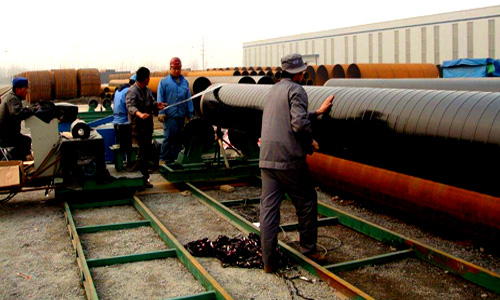
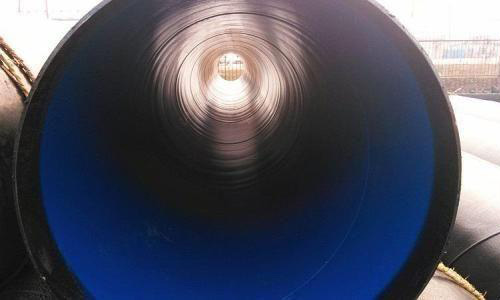
Anti-corrosion form of outer wall of steel pipe
3PE anticorrosion generally consists of 3 layers:
One layer of epoxy powder (FBE>100um)
Two-layer adhesive (AD) 170~250um
Three-layer polyethylene (PE) 1.8~3.7mm
In actual operation, the three materials are mixed and integrated, and processed to form an excellent anti-corrosion layer firmly combined with the steel pipe. The processing method is generally divided into two types: winding type and round mold covering type.
3PE anti-corrosion steel pipe coating is (three-layer polyethylene anti-corrosion coating), which is a new kind of anti-corrosion produced by cleverly combining 2PE anti-corrosion coating in Europe and epoxy powder anti-corrosion steel pipe coating (FBE) widely used in North America Steel pipe coating. It has been recognized and used all over the world for more than ten years.
The coating of 3PE anticorrosive steel pipe is the epoxy powder anticorrosive coating between the bottom layer and the surface of the steel pipe, and the intermediate layer is a copolymer adhesive with branch structure functional groups. The surface layer is a high-density polyethylene anticorrosive coating.
3PE anticorrosive coating combines the high impermeability and mechanical properties of epoxy resin and polyethylene materials. So far, it has been recognized globally as a pipeline anti-corrosion coating with good use effect and high performance, which has been applied in many projects.
Advantages of 3PE anticorrosive steel pipe:
1. PE anticorrosive pipeline has extremely high sealing performance, long-term operation can greatly save energy, reduce costs and protect the environment.
2. Strong corrosion resistance, simple and quick construction, and the service life can reach 30-50 years.
3. It also has good corrosion resistance and impact resistance under low temperature conditions, and the PE water absorption rate is low (less than 0.01%).
4. At the same time, it has high epoxy strength, low water absorption of PE and good softness of hot melt adhesive. It has high anti-corrosion reliability. The disadvantage is that compared with the cost of other splicing materials, the cost is high.
Epoxy powder dipping anticorrosion process
Epoxy powder has always been applied by electrostatic spraying. Since the epoxy powder dipping process is troubled by adhesion problems, the dipping of epoxy powder has never been promoted. In recent years, with the successful development of the special phosphating solution for epoxy powder dipping, the epoxy powder dipping process has overcome the adhesion problem for the first time, and the emerging process of epoxy powder dipping has begun to be promoted.
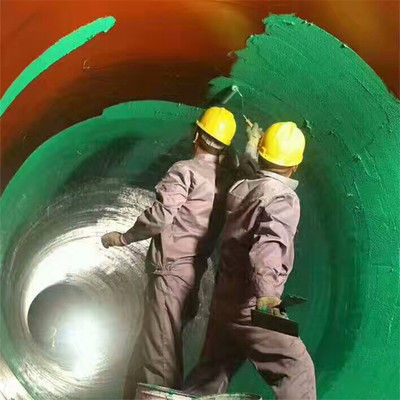
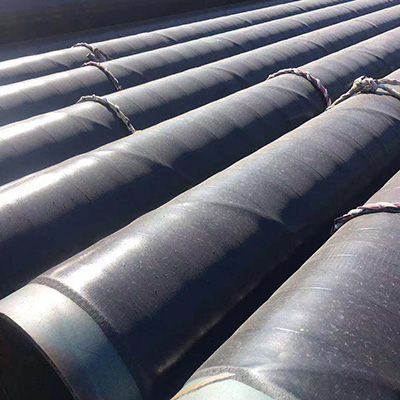
Anti-corrosion construction
Construction principles
The quality of coating construction has a great influence on the performance of the coating. In the actual coating process, there are many examples of failure to achieve the expected anti-corrosion effect due to improper construction methods. In particular, many anti-corrosion coatings with excellent performance are extremely sensitive to the construction method, and only when they are constructed strictly in accordance with their respective construction conditions can they form a normal coating and achieve the expected anti-corrosion protection effect.
1. The substrate must undergo strict surface treatment
The steel base material must undergo derusting and degreasing treatment, and the phosphating treatment can be determined according to specific conditions.
2. To ensure the necessary coating thickness
The thickness of the anti-corrosion coating must exceed its critical thickness in order to play a protective role, generally 150μm ~ 200μm.
3. Control environmental factors such as temperature and humidity at the painting site
The indoor coating temperature should be controlled at 20℃~25℃; the relative humidity varies depending on the variety, generally around 65% is appropriate. There should be no wind, sand or drizzle during outdoor construction, the temperature should not be lower than 5℃, and the relative humidity should not be higher than 85%. Frost, dew, rain, and falling sand and dust on the incompletely cured coating should be avoided.
4. Control the coating interval time
If the primer is left for too long before the topcoat is applied, it will be difficult to adhere and affect the overall protective effect.In addition, the training of construction personnel and construction quality management must be strengthened. The construction personnel are required to understand the nature, usage, construction points and technical requirements of the coating.
Managers must strengthen quality control to ensure that each process meets the technical requirements in order to finally obtain an excellent anti-corrosion coating. It is also necessary to strengthen labor safety protection, pay attention to solvent volatilization, and strengthen ventilation to avoid poisoning.
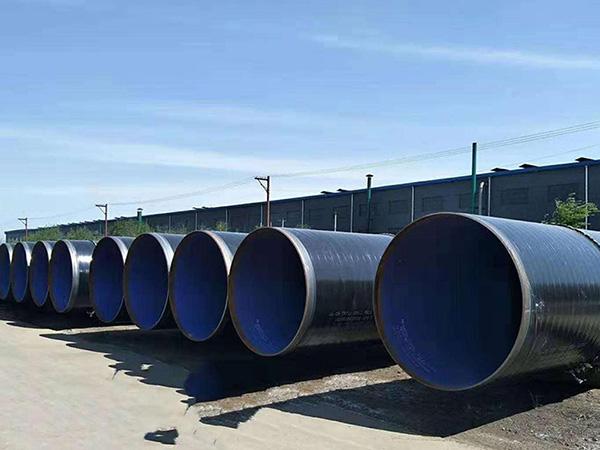
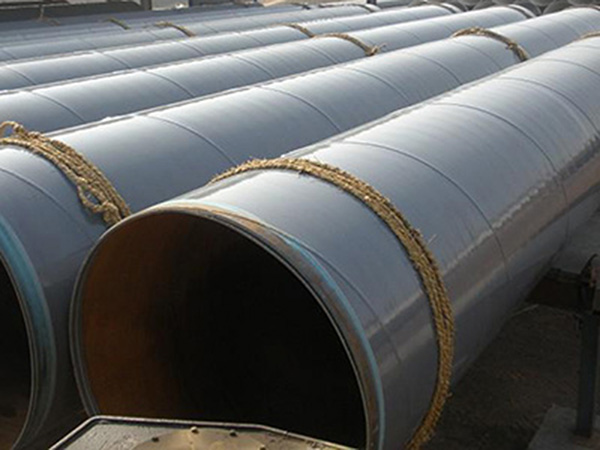













 Eastern Steel Manufacturing Co.,Ltd not only improve product production and sales services, but also provide additional value-added services. As long as you need, we can complete your specific needs together.
Eastern Steel Manufacturing Co.,Ltd not only improve product production and sales services, but also provide additional value-added services. As long as you need, we can complete your specific needs together.


